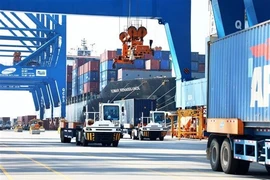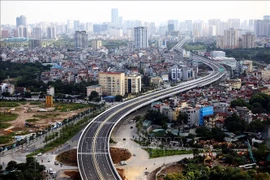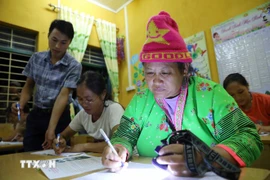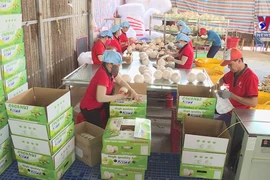The European Commission’s yellow card has seriously affected Vietnamese seafood firms, resulting in a downturn in export value to the EU and a shortage of input material. Given these acute challenges, this company has still raked in six million USD, recorded 12 percent export growth in the first eight months of 2019. This success looks like a timely change in tactics.
The EU is no longer Vietnam’s second biggest seafood importer. With import value of 251 million USD, it now stands in fifth position.
According to the Vietnam Association of Seafood Exporters and Producers, seafood exports to the EU have fallen, but have witnessed growth in other markets.
Seeing the challenge as an opportunity to restructure, the sector has been step-by-step forming a new strategy. In addition to ensuring regulated exploitation and legal fishing, developing aquatic farming is an important task.
Despite these challenges, seafood farming and fishing hold huge potential. Accounting for 38 percent of the whole aquatic sector structure, the target of reaching export value of 3.5 billion USD of a total 10 billion USD is reachable. The most important aspect is developing the seafood sector sustainably./.



















